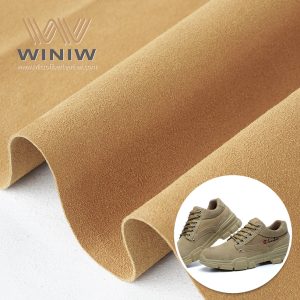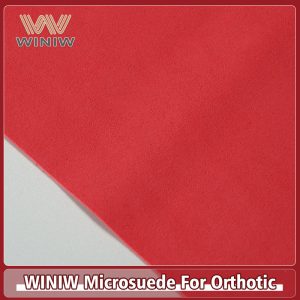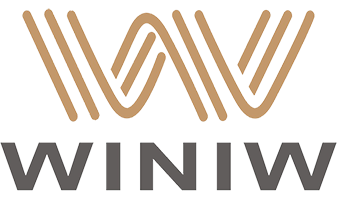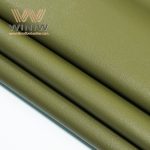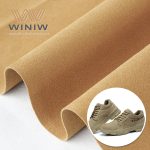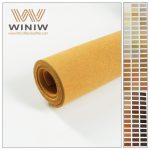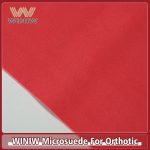Leather commonly used for safety shoes are genuine leather, recycled leather and artificial leather. Genuine leather is the original skin stripped from the animal, is the modern leather products of the necessary materials. Recycled leather will be a variety of animal fee skin and leather scraps crushed, blending chemical raw materials processing and production. Artificial leather is in the textile cloth base or non-woven cloth base, by a variety of different formulations of PVC and PU and other foam or film processing and production, according to different strength, abrasion resistance, cold resistance and colour, gloss, pattern and other requirements of processing made.

Genuine leather: Genuine leather is cattle, sheep, pigs, horses, deer or some other animals peeled off the original skin, after tanning and processing by the tannery, made of a variety of characteristics, strength, feel, colour, pattern of the leather material, is the modern leather products of the necessary materials. Among them, cowhide, sheepskin and pigskin is the raw material used in tanning the three major species of leather. Genuine leather is divided into two categories of head skin and two layers of skin.
(1) the first layer of skin is with grain surface of cattle, sheep, pigskin, etc., the skin surface with natural scars and blood tendon marks, etc., and occasionally there is a knife wound in the processing as well as the use of extremely low belly parts, imported first layer of skin and cattle only the number of branding. Full grain leather can be distinguished from the pore thickness and sparse density to belong to what kind of animal leather. More types of cowhide, such as cowhide, beef cowhide, grazing cowhide, cowhide, cowhide, bullskin, uncastrated bullskin and castrated bullskin. In our country there are also yellow cowhide, buffalo skin, yak skin and Pian skin. Among them, the pores of buffalo skin is thicker and more sparse; buffalo skin is more buffalo skin pores fine and dense. Sheepskin pores are finer and denser and a little slant, mainly sheepskin and goatskin two categories. Pigskin because of the rule of long hair is 3 ~ 5 a handful of distribution, so it is very easy to distinguish, generally more artificial pig skin, and wild boar skin, famous is the South American boar, this wild boar skin has a more obvious pig skin pores and granular characteristics, because of its special collagen fibre structure, can be processed into very soft clothing leather or glove leather, high value. In addition, ostrich skin, crocodile skin, short-nosed crocodile skin, lizard skin, snake skin, bullfrog skin, saltwater fish skin (shark skin, cod skin, fish skin, fish skin slate, eel skin, pearl fish skin, etc.), freshwater fish skin (grass carp, carp skin and other scaly fish skin), fox skin with hair (silver fox skin, blue fox skin, etc.), wolf, dog, rabbit, etc., it is easy to identify and can not be made into a two-layer skin.
The first layer of skin is directly processed from a variety of animal skins, or thicker skin layer of cattle, pigs, horses and other animals after hair removal cross-cut into two layers, the upper part of the fibrous tissue is tightly processed into a variety of first layer of skin.
(2) two layer skin is the fibre tissue is more loose two layer part, by chemical material spraying or covered with pvc, pu film processing and become.

Therefore, the effective way to distinguish between the first layer of skin and two layers of skin, is to observe the longitudinal section of the skin fibre density. The first layer of skin by a dense and thin fibre layer and its close together with a slightly loose layer of excessive common composition, with good strength, elasticity and process plasticity and other characteristics. The second layer of leather is only loose fibre tissue layer, only after spraying chemical materials or polishing can be used to make leather products, it maintains a certain degree of natural elasticity and plasticity of the characteristics of the process, but the strength of the poorer, the thickness of the same requirements of the first layer of leather. There are also used for today popular production of a variety of leather, leather surface processing technology is somewhat different, but the distinction between the same method.
Regeneration leather: regeneration leather will be a variety of animal fee skin and leather scraps crushed, blending chemical raw materials processing and production. Its surface processing technology with the leather repair leather, embossed leather, which is characterized by the edge of the skin more neat, high utilization rate, cheap; but the body is generally thicker, poorer strength, only suitable for the production of affordable briefcases, trolley bags, cue covers and other shaped craft products and affordable belts, and its longitudinal fibre tissue uniformity and consistency, and can be identified as a mixture of fluid fibre coagulation effect.
Artificial leather: recycled leather, also called imitation leather or rubber, is a general term for artificial materials such as pvc and pu. It is in the textile cloth base or non-woven cloth base, by a variety of different formulations of pvc and pu and other foam or film processing and production, according to different strength, abrasion resistance, cold resistance and colour, gloss, pattern and other requirements of the processing made of a wide range of colours and varieties, waterproof performance is good, the edge of the whole, the utilization rate is high and the price of the relative leather cheaper features, but the vast majority of artificial leather, its feel and elasticity However, the majority of artificial leather, its handfeel and elasticity can’t reach the effect of real leather; its longitudinal section, you can see the tiny bubble holes, the cloth base or the surface of the film and the dry and dry artificial fibre. It is a kind of material that has been extremely popular in the early days until now, and is commonly used to make all kinds of leather products, or part of the real leather material.


